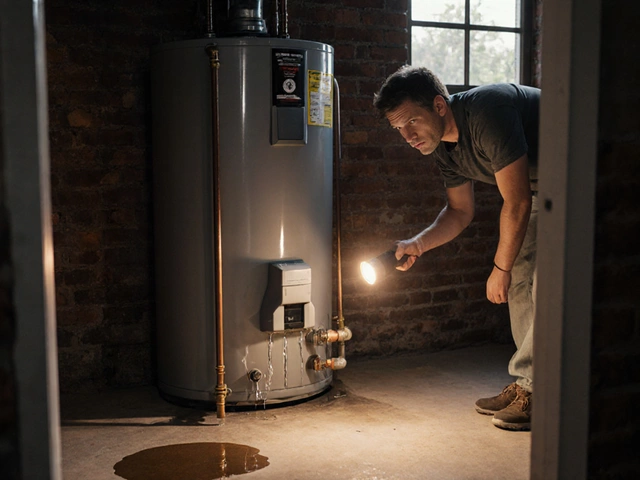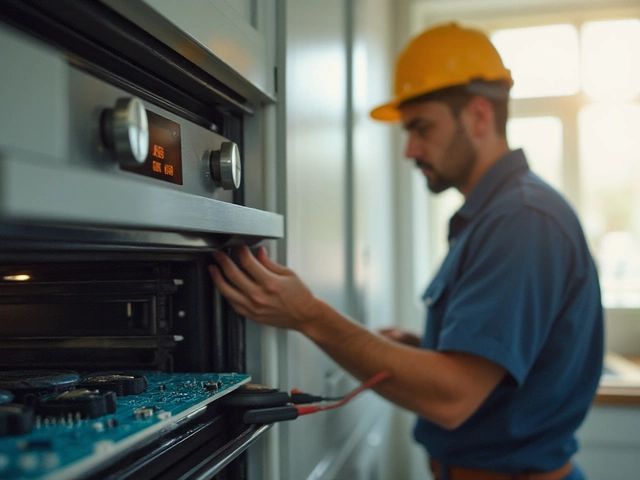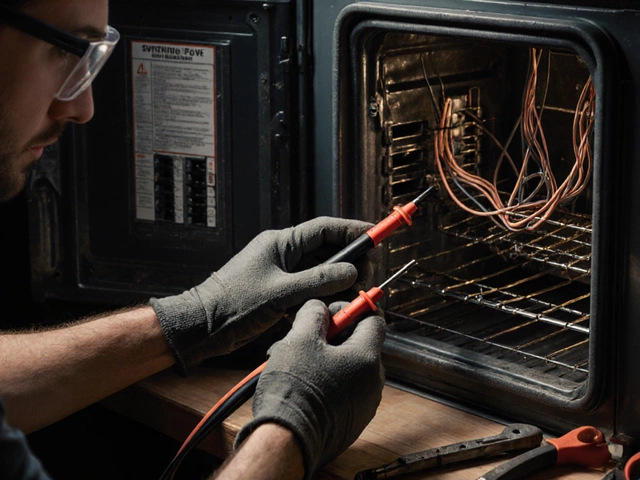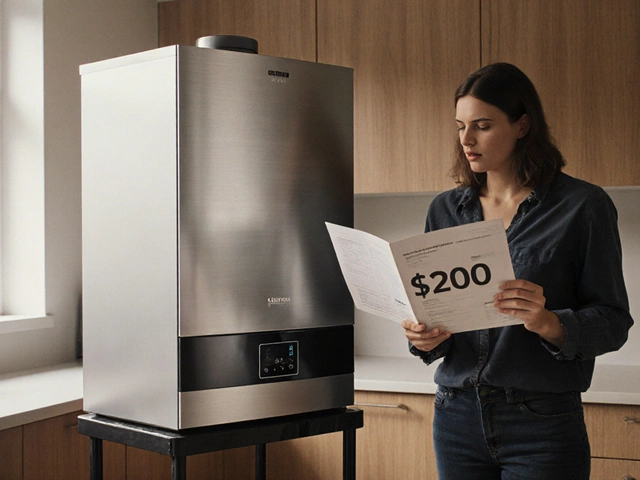Is It Worth Fixing Your 15-Year-Old Stove?
March 21 2025Preventive Maintenance: Keep Your Home Running Smoothly
When working with Preventive Maintenance, a regular set of checks and services designed to stop breakdowns before they happen. Also known as routine maintenance, it helps you avoid costly repairs and keeps safety high. A solid plan starts with the big players in a home: the Boiler, the heart of your heating system that needs yearly pressure checks and cleaning and the Water Heater, the unit that benefits from flushing sediment and testing thermostats each season. By looking after these first, you set a reliable foundation for everything else.
Why does preventive maintenance matter? Because most breakdowns are caused by wear that builds up over time. A clogged boiler heat exchanger, a buildup of lime in a water heater, or a greasy extractor fan can all turn a minor inconvenience into a major safety risk. The pattern is simple: regular inspection + cleaning = longer life + lower energy bills. That’s why many homeowners follow a service schedule that matches each appliance’s recommended interval – six months for fans, twelve months for boilers, and every two years for water heaters.
Key Areas Covered by a Good Maintenance Routine
First, Extractor Fan, the kitchen or bathroom ventilation device that removes moisture and odors needs a quick visual check each month. Look for dust on the blades, a rattling motor, or reduced airflow. A simple clean‑out with a soft brush and checking the wiring can stop mold growth and keep indoor air fresh. Second, your boiler’s pressure gauge should sit within the manufacturer’s range; an out‑of‑range reading often signals a leak or air in the system. Tightening fittings and bleeding radiators can correct it without a call‑out.
Third, the water heater benefits from a full drain and flush every 12‑18 months. Sediment settles at the bottom, forcing the heating element to work harder and raising energy use. By draining the tank, you remove the grit and restore efficient heating. Finally, don’t forget the smaller appliances that often slip under the radar – dishwashers, ovens, and even washing machines. A quick hose inspection for wear, a check of door seals, and a run of an empty cycle can spot issues before they cause leaks or electrical faults.
These steps aren’t just about fixing problems; they also support safety. A poorly maintained boiler can leak carbon monoxide, a silent killer. A water heater with a cracked tank can burst, causing flood damage. An extractor fan that’s clogged can let moisture linger, leading to mould that harms health. By pairing each check with a brief safety test – like using a carbon‑monoxide detector near the boiler or confirming the heater’s pressure relief valve works – you protect both your home and your family.
When you build a maintenance routine, treat it like a checklist you keep on the fridge or in a digital reminder app. List each appliance, the required task, and the frequency. Mark the date you completed it, and set the next reminder. Over a year you’ll see patterns: perhaps the fan needs cleaning every three months, while the boiler only once. That insight helps you budget time and money, turning what looks like an extra chore into a predictable part of home ownership.
Below you’ll find a collection of articles that dive deeper into each of these topics. From detailed guides on flushing a water heater to step‑by‑step fan cleaning, the posts give you the exact actions, tools, and cost estimates you need. Use them to flesh out your own schedule, answer specific questions, and keep every appliance running at its best.
 4 Oct
4 Oct
Do Appliances Need Service? Essential Guide to Maintenance & Longevity
Learn why regular appliance service matters, how often to schedule checks, cost benefits, warning signs, and DIY vs professional tips for extending appliance lifespan.
Read More...



